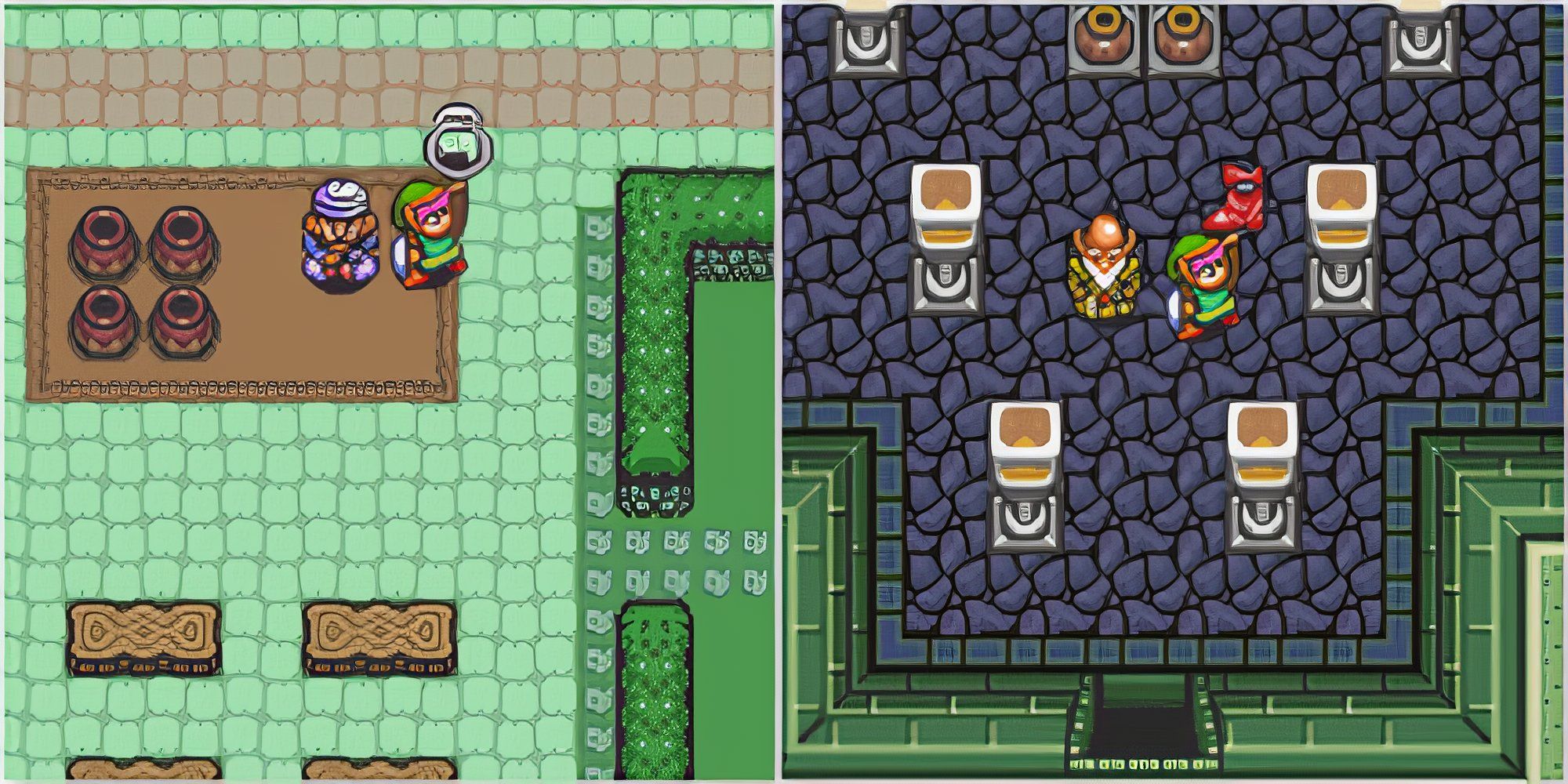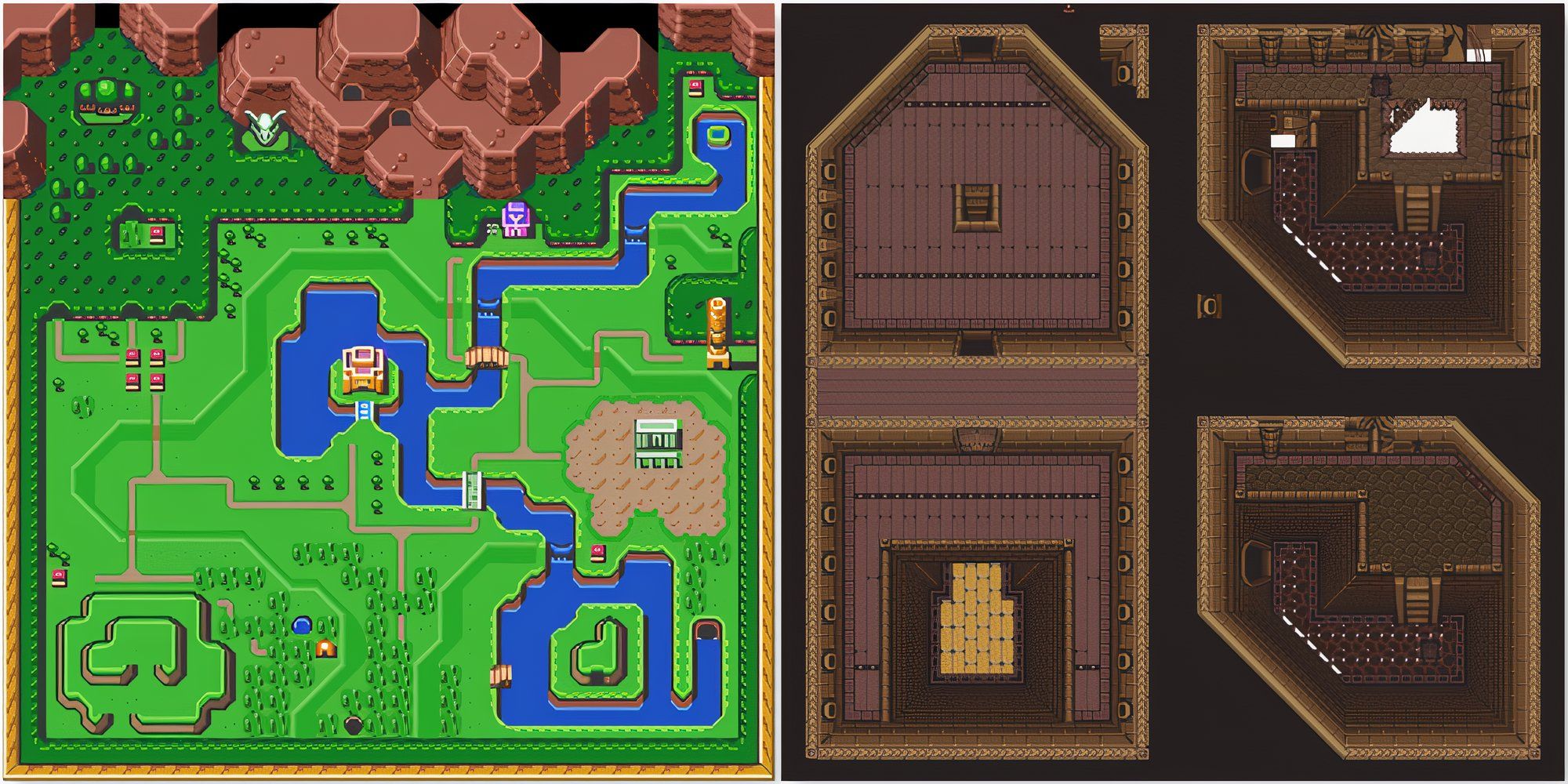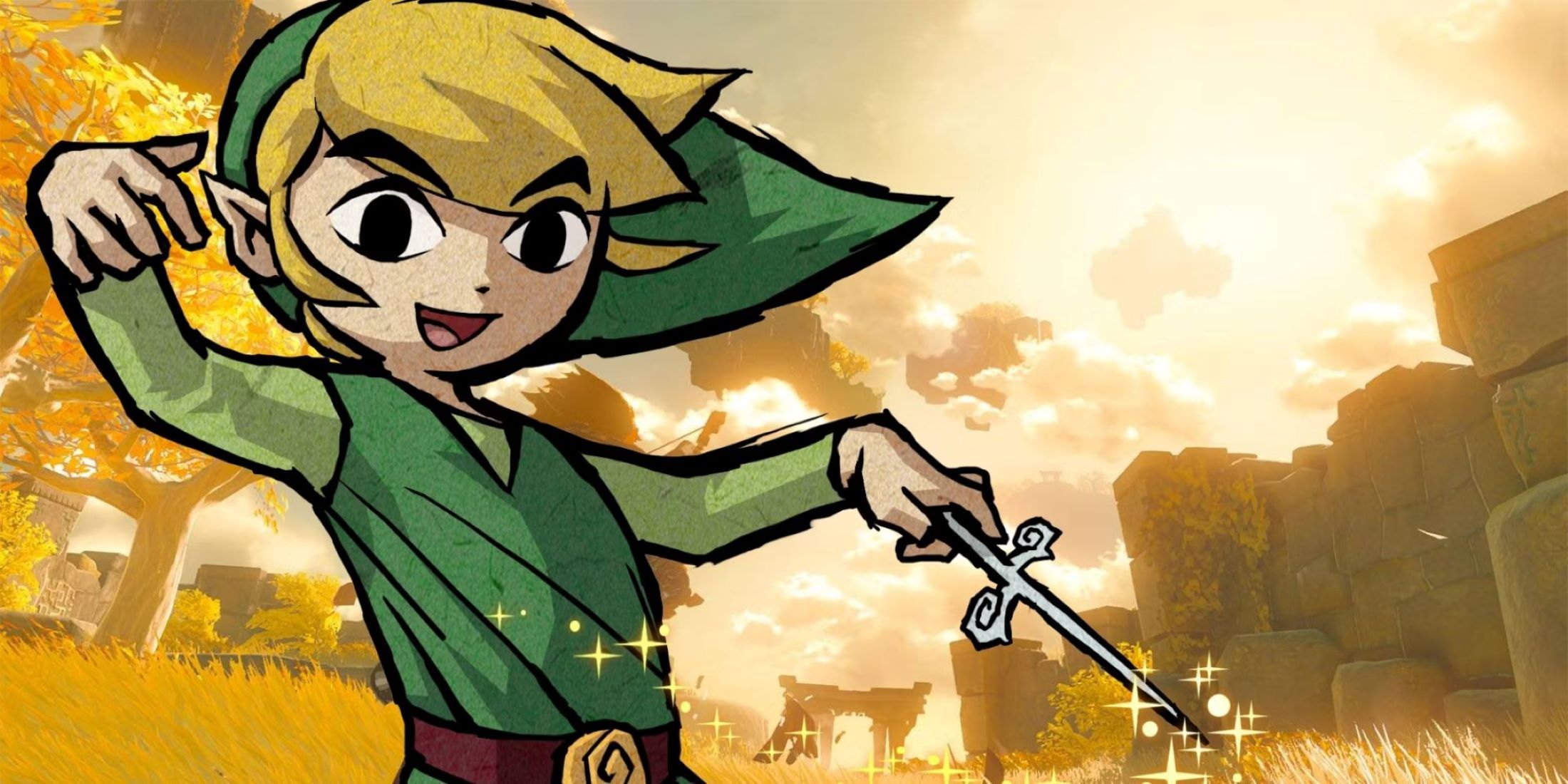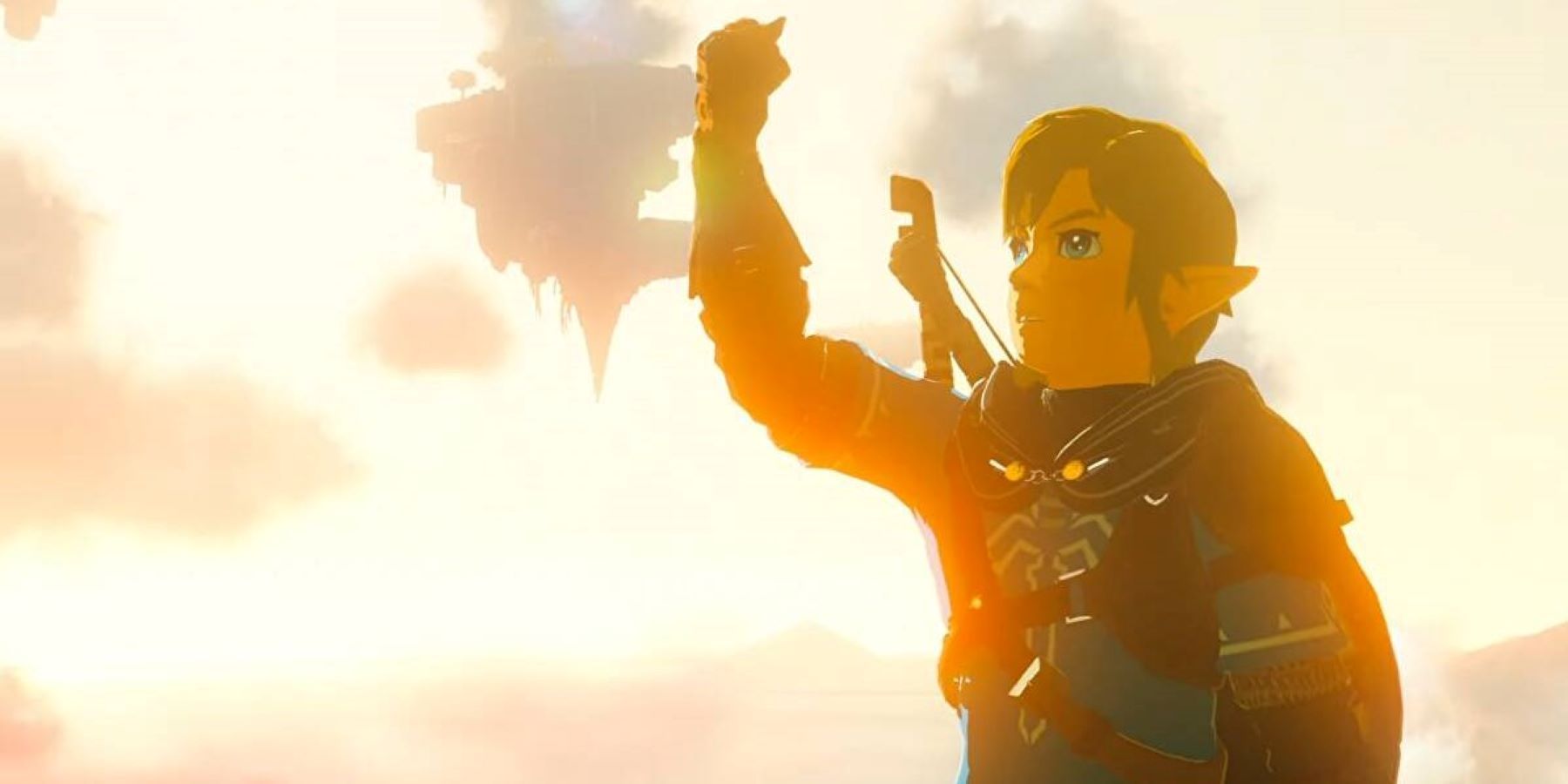The Legend of Zelda is one of the few series in gaming that is almost certainly guaranteed a future. Some franchises come and go, but the heritage and consistent quality of Zelda means that it would have to stumble several times over for Nintendo to shelve it.
Some may argue that The Legend of Zelda is enjoying a renaissance thanks to its recent innovations, but after the success of Breath of the Wild and Tears of the Kingdom, Nintendo is at a crossroads with what direction it goes next. On one hand, what has worked recently could work again, but the series' need for something new never feels too far away. The art style is a classic example of this, as it is brilliant in BotW and TotK, but new is always more exciting than convention.
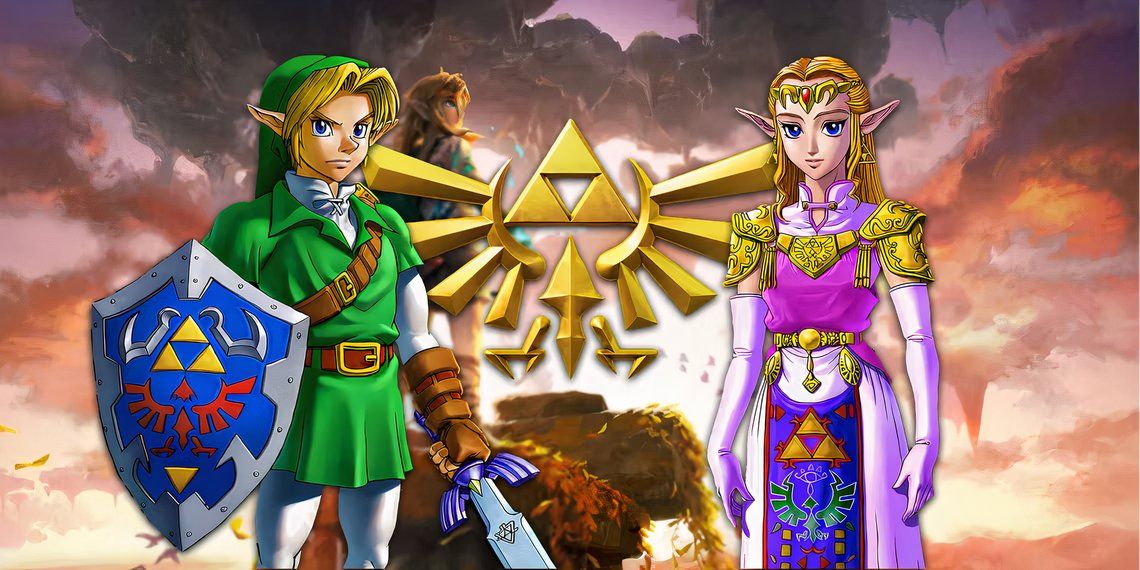
The Legend of Zelda's Next Game Needs to Show More Respect for a Classic Weapon
One of Link's classic weapons got the short end of the stick in Breath of the Wild and Tears of the Kingdom, so it's time for a return to form.
Tears of the Kingdom Proved The Art Style is Timeless, but Changeable
The visuals of Breath of the Wild were both distinctive and beautiful, but also accounted for the limitations of the Wii U and Nintendo Switch. It had its own charm despite not pushing the boundaries of AAA graphics, and in doing so it meant that it could bring a huge and environmentally diverse open world with relatively short loading times. It's unique in its art, and future-proof in terms of how it is technically implemented.
Tears of the Kingdom takes the same presentation formula, but by bringing in the Sky Islands, Zonai elements, and The Depths, it was able to develop upon the art style rather than just regurgitate it. The Sky Islands have a distinct shade of yellow and have new plants and environments that feel different from the ground below, and The Depths have their own flavor that keeps exploring interesting. The pair of games show that the art style can be altered with new flourishes to make each game that uses it feel different from the last. Keeping what Breath of the Wild started doesn't mean that Zelda's historically varied art has to stop being a big selling point.
Similar Visuals Would Help Give Zelda a Sense of Continuity
The official Zelda timeline is a convoluted mess of wildly differing stories. Each game is so unique in approach but similar in its characters and core story devices that any sense of one consistent timeline arguably doesn't feel natural. Deploying the same, repeatable art style with some differences in colors or environments would give The Legend of Zelda a clearer identity, should it want to double down on the ides of connecting future releases and tell more substantial, multi-game narratives.
The Legend of Zelda's Ever-Changing Art is Part of its Identity
Like Super Mario for a significant portion of its life, the way each Zelda game looks is one of the biggest, and most exciting surprises before it releases. Seeing what weird and wonderful direction the franchise is going next keeps fans on their toes, and it does such a good job of making sure that the future always has a layer of unpredictability. However, the aforementioned Super Mario has struggled over the years with visuals. Each one has a familiar art style, and because of this they lose some of the charm of the likes of Super Mario Bros 3 and Yoshi's Island, which all feel distinctive and iconic. Zelda should try its best to avoid falling into that trap.
Not only are the different visual styles significant to Zelda, but it's often an important landmark for Nintendo as a whole. Each new Zelda title is a milestone, and a crucial part of each Nintendo system, quickly becoming synonymous with the hardware. Some fans are instantly reminded of the GameCube era because of The Wind Waker's cel-shaded visuals, and the same can be said of Majora's Mask's darker themes being so important to the identity of each era of Nintendo.

